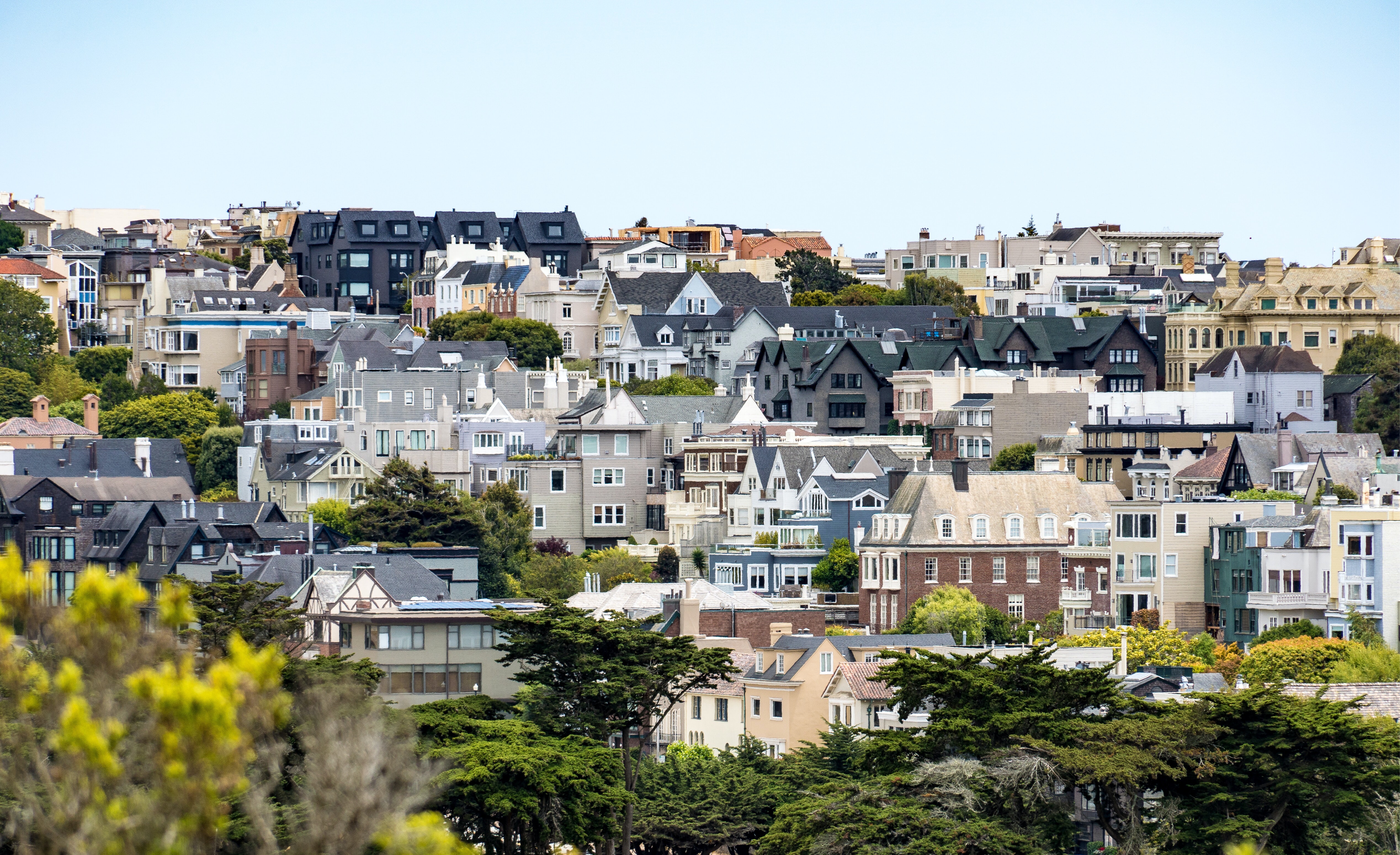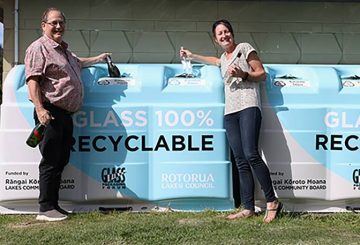ニュージーランド不動産協会(REINZ)が売上と価格の落ち込みを報告したため、ニュージーランドの不動産市場は減速に直面しています。REINZが発表したデータによると、2023年2月までの3か月間のライフスタイル物件の売却件数は、2023年1月までの3か月間よりも92件少なく、8.3%の減少となりました。2023年2月までの3か月間のライフスタイル物件の総販売数は、2022年の同時期の1,754件に対し、1,023件で、41.7%と大幅に減少しました。
REINZの地方スポークスマン、シェーン・オブライエン氏は、ほとんどの地域で過去数年間に比べてリスティング数が少なかったことが売上の減少の原因であると説明しました。さらに、営業担当者は、ニュージーランド人がライフスタイルと変化する仕事への取り組みのバランスを取るために、地域外のバイヤーが不動産に関心を示していることに気付きました。
オブライエン氏はまた、最近の金利上昇が購入者の意思決定に影響を与えたことは間違いなく、住宅市場の減速が報告されているため、ライフスタイル物件の短期的には購入者プールが制限される可能性があるとも述べました。2023年2月までの3か月間に販売されたすべてのライフスタイル物件の平均価格は949,000ドルで、2022年の同時期より81,000ドル高くなっています。しかし、裸地でのライフスタイル物件の売却価格の中央値は40万ドルで、2022年2月までの3か月間よりも8万ドル高くなっています。
REINZのレポートによると、選挙の年にライフスタイル不動産の販売が鈍化することは予想外ではなく、景気が全般的に減速したことでさらに悪化し、先行きが不透明な時期に購入者の信頼に影響を与えていることが明らかになった。ただし、多くの分野でトップエンドの市場には前向きな兆候が見られ、一部の地域では2023年1月までの3か月間と比較して売上が増加しています。
2023年2月までの3か月間で、2022年の同時期と比較して売上高が最も減少した地域はオークランドとワイカトで、どちらも118件の売上減少しました。これとは対照的に、ネルソン/マールボロとタラナキの売上はそれぞれ23%と24%減少し、最も減少が小さかった。一方、2つの地域では、2022年2月までの3か月から2023年2月までの3か月間にライフスタイルブロックの中央値が上昇しました。タラナキとサウスランドは、それぞれ 24.6% と 12.1% と大幅な増加となりました。
2023年2月までの3か月間のライフスタイル物件の売却日数の中央値は59日で、2022年の同時期より19日多くなりました。ウェストコーストは43日と最短の販売日数を記録し、ベイ・オブ・プレンティは80日と最長の販売日数を記録しました。
経済の逆風により、さらに遠くを見据えるバイヤーからの関心が鈍化-REINZ




























































